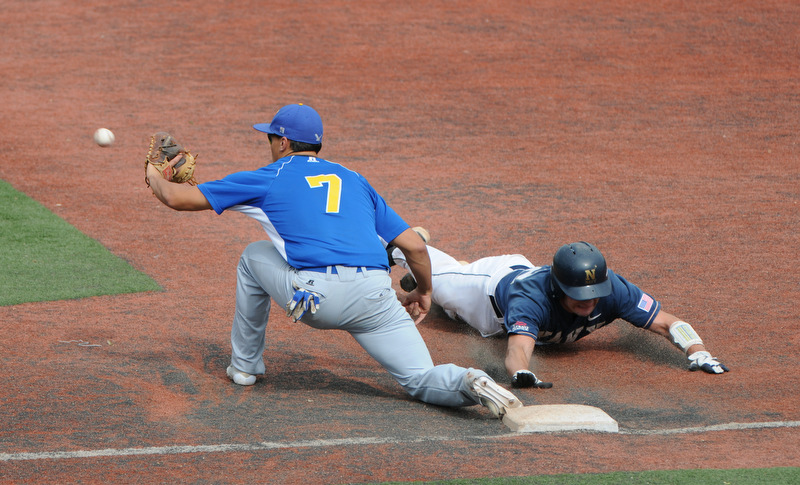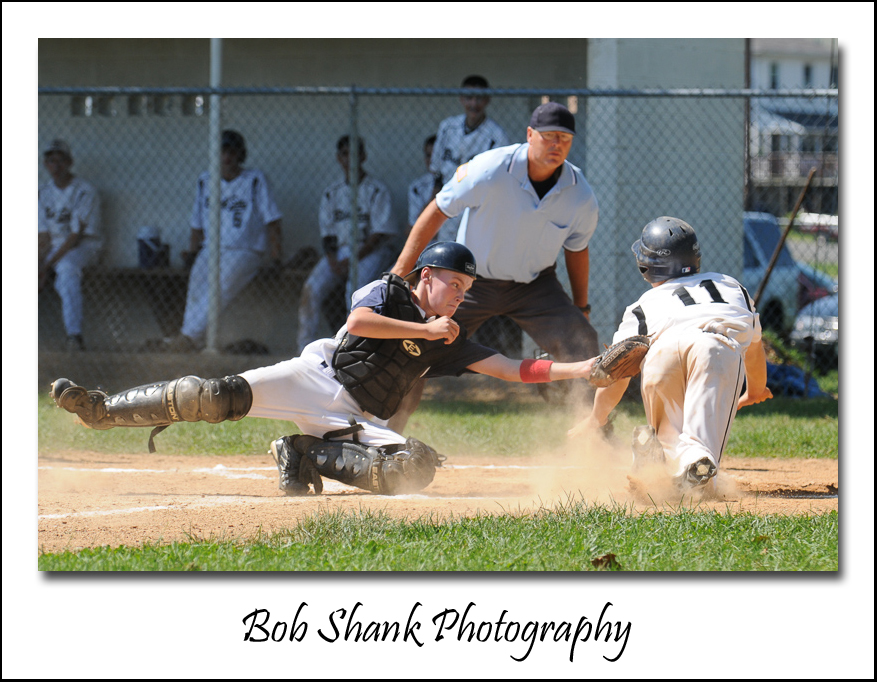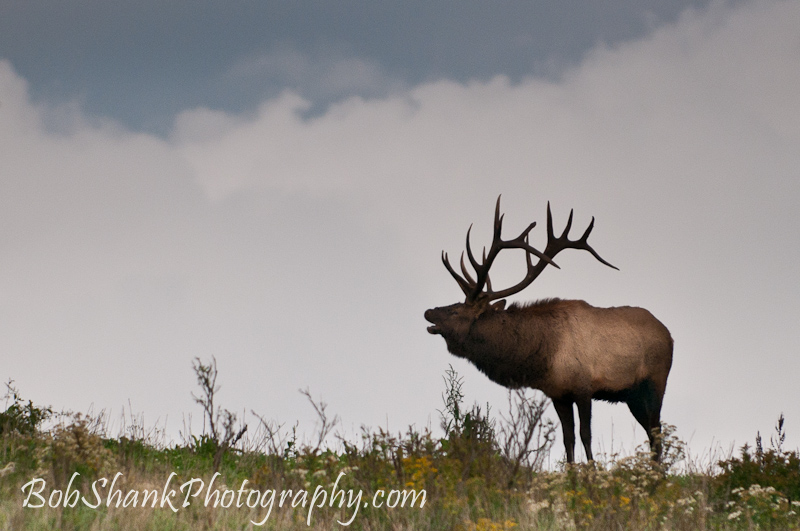 This is football season and I’ve been shooting a lot of high school football lately. But on Saturday when I was picking up my son, James, from the Naval Academy, we attended the Coppin v. Navy baseball game. I always enjoy trying to capture the action at a game and I had my camera, so why not?
This is football season and I’ve been shooting a lot of high school football lately. But on Saturday when I was picking up my son, James, from the Naval Academy, we attended the Coppin v. Navy baseball game. I always enjoy trying to capture the action at a game and I had my camera, so why not?
The first game was very close–just a one run game. Navy held on to record the win.
I enjoy shooting at Bishop Stadium in Annapolis, MD. I can go to the top of the stands and get nice, clear backgrounds, like the one above. Backgrounds are critical to a good, quality photograph. A background can make or break a photo. Chain link fences, parked cars, trashcans, and empty stands are all troublesome backgrounds. Yuck!
Shooting a baseball game in the midst of football season was a a good change-up for me. Sorry for the pun, but it was fun! I hope you enjoy these photos from Saturday’s baseball game. More will probably be coming sometime soon. The second game wasn’t as close but it was still a lot of fun to see the athletes in action!













